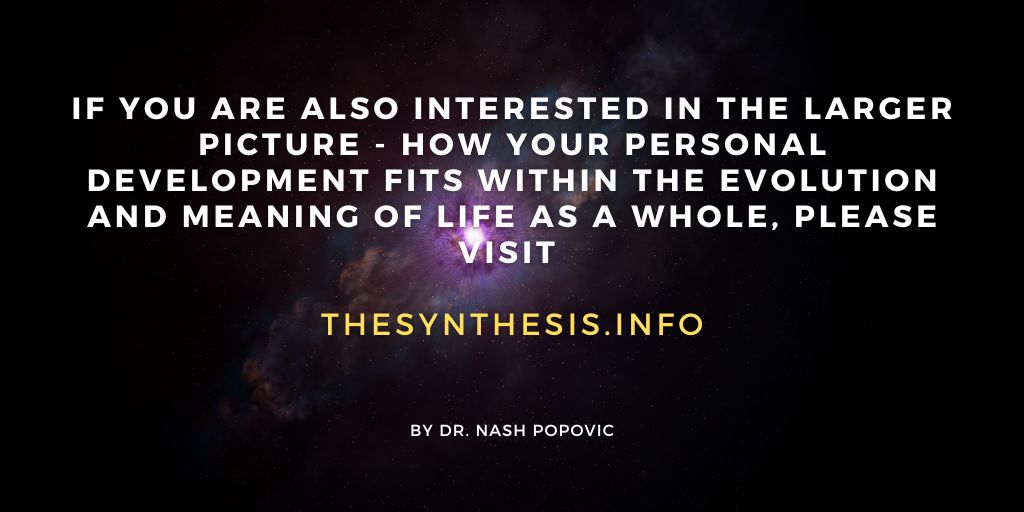Identity Group
The Identity group is the root group of this category and is concerned with identity formation within the social framework. In other words, it focuses on the relationship (and a possible, but not necessary, tension) between individuality and sociality. The group is on one of the axes of the model (so it involves both the existence and agency modes) and consists of the following areas:
- Dependence (used as an umbrella term that also encompasses independence) is the first area in this group because it is the basis for the others. Two forms of dependence are considered here: practical and social. The former is about depending on others to help, care or do something for us, while the latter is about depending on the company of others (being with others). This is why the area takes a position in the model that incorporates both the agency mode and the existence mode.
- Individuality refers to the distinctiveness of each person. We would all agree that ‘every individual embodies and contains uniqueness, a reality that makes her unlike any other person or thing.’(1) Of course, qualities that make an individual don’t have to be unique, but the way in which they are combined and expressed always is. In effect, individuality makes us what we are, which is why this area belongs to the existence mode.
- Influence, in this model, is the counterpart to Individuality and belongs to the agency mode. To influence means to have an effect on what someone thinks, feels, says or does, while individuality is to a great extent about protecting oneself from undue influences. So balancing these two is really important.
- Belonging is the final area, which focuses on the individual within a larger social context, such as a group. Even though the sense of belonging may be sometimes lost, every human being, however isolated, belongs to some groups (at least the group of humankind). We are born into some groups and we belong to others because of our choices. Hence, this area too encompasses both the existence mode and the agency mode.
Self-evidently, all the areas in this group (and in this category) belong to the external domain.
(1) Moustakis, C. (1967) Creativity and Conformity. New York: Nostrand Reinhold, p.1.

